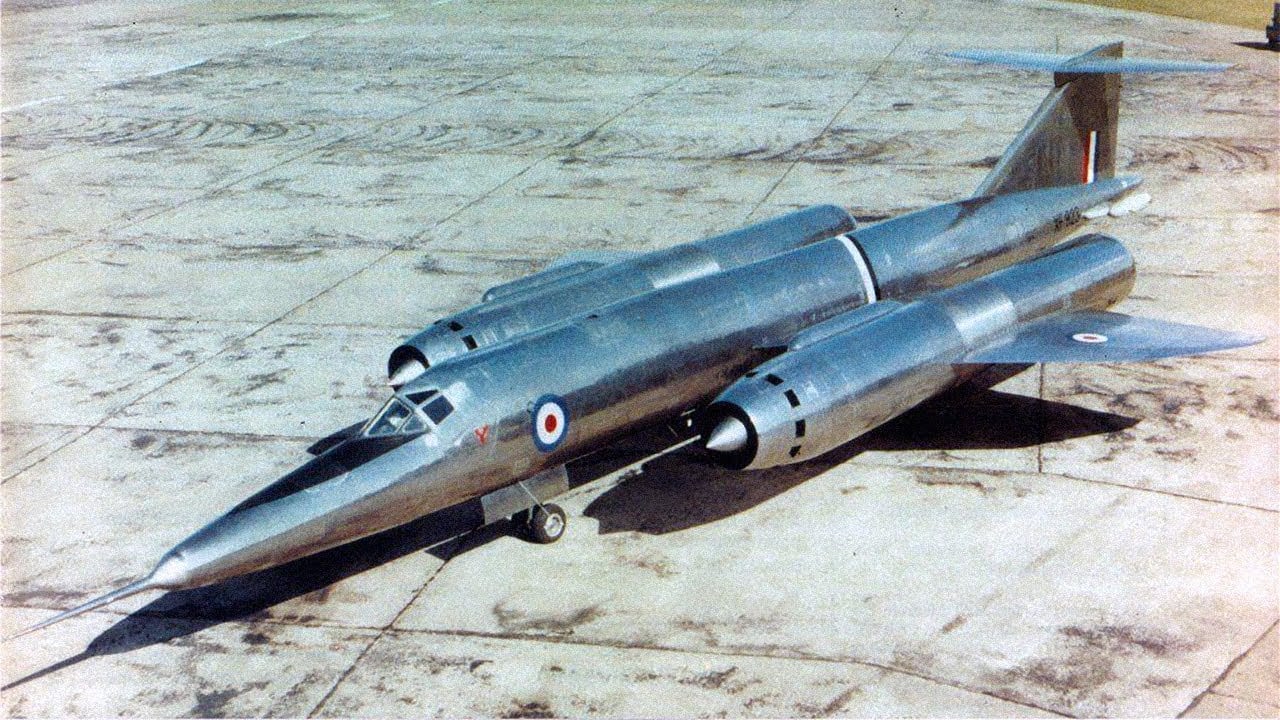The recent explosions at the Azot chemical plant in Russia underscore a critical vulnerability in the nation’s industrial infrastructure amid ongoing geopolitical tensions. As military operations intensify, the potential for collateral damage to key facilities raises alarms about safety and security protocols. The implications of such incidents extend beyond immediate physical destruction; they threaten to destabilize supply chains and impact the broader economy. The targeting of industrial sites highlights a strategic shift in conflict dynamics, where traditional military engagements are increasingly complemented by targeted strikes on critical infrastructure, raising questions about the effectiveness of current defense measures and the resilience of industrial operations in conflict zones.
In response to these threats, a reevaluation of security protocols at industrial sites is imperative. Enhanced surveillance, rapid response capabilities, and robust contingency planning can mitigate risks associated with such attacks. The insights gained from these incidents emphasize the need for a comprehensive approach to industrial security that integrates military intelligence and civilian safety measures. As nations grapple with the realities of modern warfare, the lessons learned from the Azot plant explosions could inform future strategies, ensuring that critical infrastructure remains resilient against evolving threats while maintaining operational continuity in an increasingly volatile landscape.








